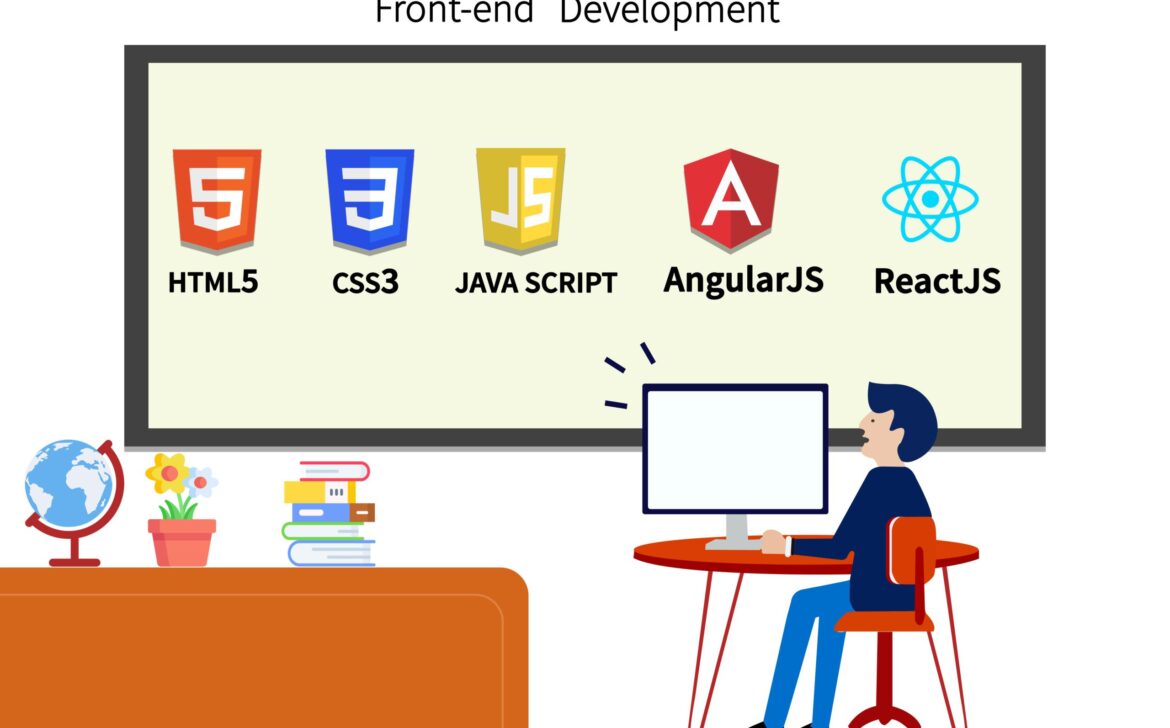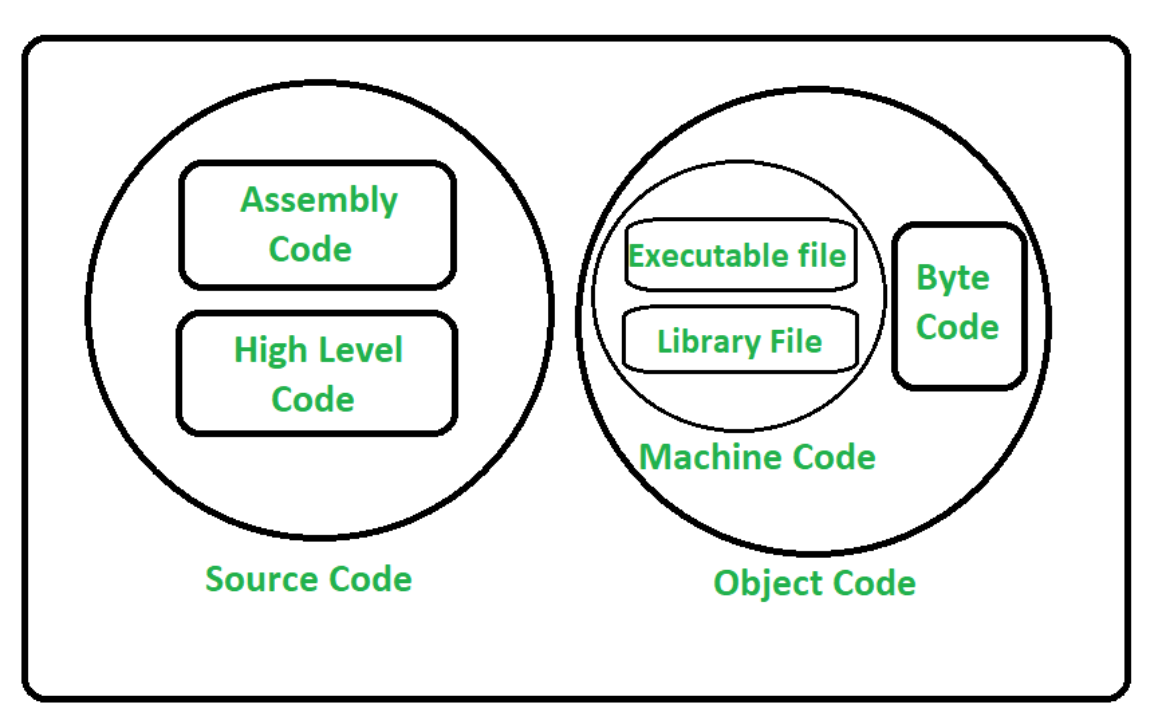Crafting Digital Experiences: The Role and Work of a Frontend Web Developer
Introduction
In the ever-evolving landscape of web development, frontend web developers play a crucial role in shaping the way users interact with digital content. These creative and technically skilled professionals bring websites and applications to life by designing visually appealing, user-friendly interfaces. This blog dives into the world of frontend web development, shedding light on the responsibilities, skills, and processes that define this dynamic role.
- Defining the Frontend Web Developer’s Role
Frontend web developers focus on the visual aspects and user experience of websites and applications. They transform design concepts into interactive, responsive, and accessible interfaces that engage and captivate users.
- Translating Designs into Code
Frontend developers collaborate closely with UX/UI designers to bring mockups and wireframes to reality. They use HTML, CSS, and JavaScript to build layouts, apply styles, and add interactivity.
- HTML: Structuring Web Content
Hypertext Markup Language (HTML) forms the backbone of web content. Frontend developers use HTML to structure text, images, headings, and links, creating a semantic and organized foundation for web pages.
- CSS: Styling and Design
Cascading Style Sheets (CSS) define the visual aesthetics of web content. Frontend developers use CSS to apply colors, typography, spacing, and responsive layouts, ensuring a visually appealing design across devices.
- JavaScript: Interactivity and Functionality
JavaScript empowers frontend developers to add interactivity and dynamic behavior to web pages. They use JavaScript to create animations, user-triggered actions, form validation, and real-time updates.
- Ensuring Responsive Design
Frontend developers ensure that websites and applications are responsive and functional across different devices and screen sizes. They use media queries and flexible layouts to adapt content to various resolutions.
- Cross-Browser Compatibility
To provide a consistent experience, frontend developers test and optimize web content across different web browsers, ensuring compatibility with major browsers and versions.
- Accessibility Implementation
Frontend developers prioritize accessibility, making sure that web content is usable by people with disabilities. They use proper HTML semantics and implement assistive technologies for an inclusive experience.
- Performance Optimization
Optimizing frontend performance is key to enhancing user experience. Frontend developers optimize images, minify code, and implement techniques like lazy loading to improve page loading times.
- Continuous Learning and Adaptation
Frontend web development is a rapidly evolving field. Frontend developers stay up-to-date with new technologies, frameworks, and best practices to deliver modern and engaging user experiences.
Conclusion
Frontend web developers are the architects of digital experiences, combining design sensibilities with technical expertise to create visually stunning and user-friendly interfaces. From coding HTML structures to applying CSS styles and implementing interactive JavaScript elements, their work ensures that users engage seamlessly with websites and applications. As the digital world continues to evolve, frontend web developers remain at the forefront of innovation, crafting dynamic experiences that shape the way we interact with technology and information.










